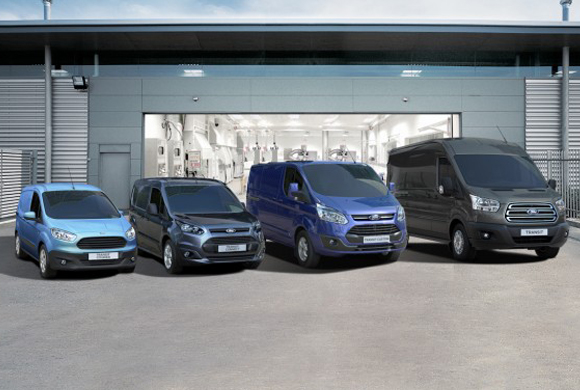The Transit continues to make history, through time …
we learnt how Transit got its name in the first place. That was the time when the E-Series from Ford, offered with a 6.8-litre V10 engine, ended. And to take its place, came forward the rightful heir, the ultra-efficient, Transit, powered by economical Ford Transit diesel engines.
The original name of Transit
When the van was originally designed, it was supposed to be called V-Series, derived from the Taunus Transit van, its actual German sister. It was the year 1965, when first Transit, a rear-wheel drive version, rolled out of assembly line. This basic design was carried on for more than two decades, but for the high performance V6 diesel engine, the nose was made different.
In Germany, they were even called “pig snout”, but that was out of affection, not the hate or anything.
Transit gets an incredible facelift
The basic box shape design had been doing pretty well for more than twenty years, but there was a need of changing the image, so in 1978, a massive facelift was given to Transit, an ultra-modern look, to be precise. Not long after that, in 1984, just after 6 years, the already popular van received yet another facelift. Along with that, the engine size also grew up to 4.1-litre.
This paved the way to upgrades and in 1986, the Transit adopted more aerodynamic style, thanks to its first ample redesign.
The front-wheel derivative introduced
After fourteen fabulous years of service from its first redesign back in 1986, the Ford did it yet again. In 2000, gave the Transit a new look with a completely redesigned version, but for the first time, introduced the front-wheel derivative. It became remarkably successful as it was highly modern and space-efficient.
Ford offering range of Transit
In 2012, Transit Custom was introduced, replacing the front-wheel-drive Transit. It was the year 2014 when the larger replacement was given to the rear-wheel-drive models. Other versions offered are the Transit Connect, and smaller, European version, the Transit Courier.




